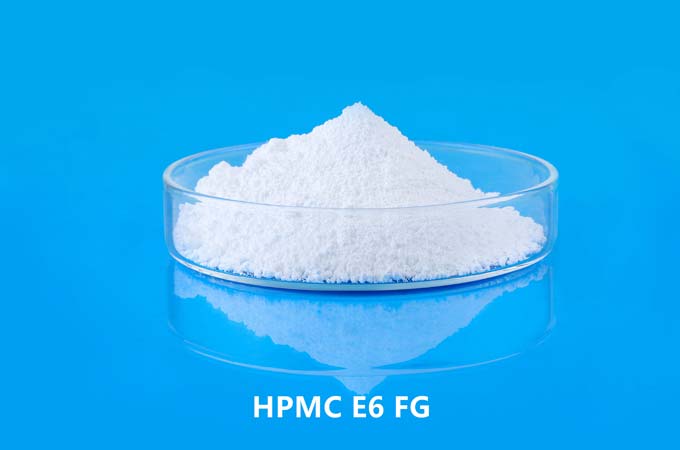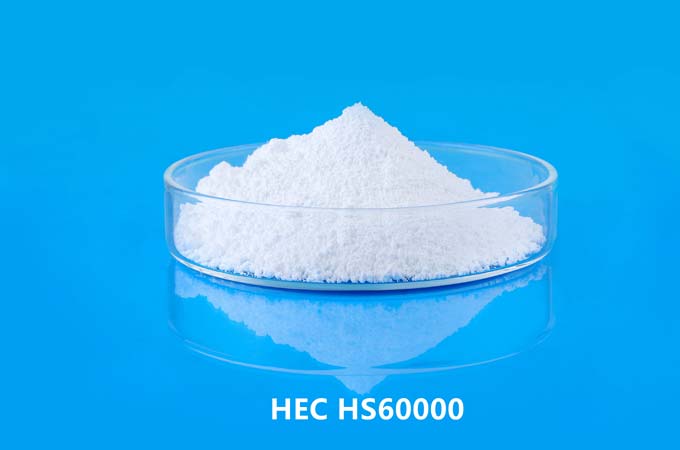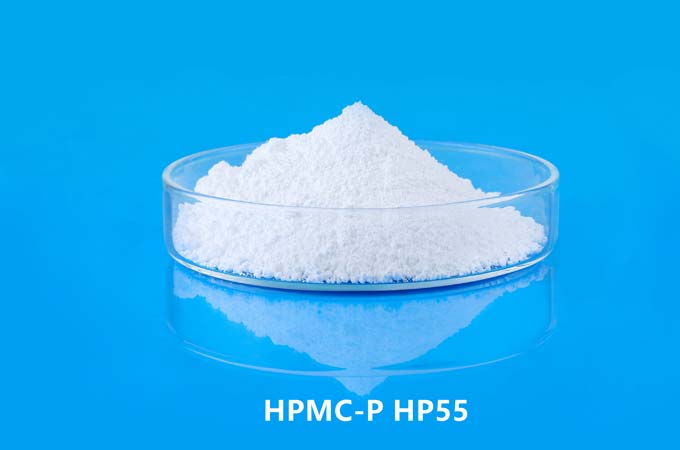Cellulose is the most abundant natural polymer in nature. It is a linear polymer compound connected by D-glucose through β-(1-4) glycosidic bonds. The degree of polymerization of cellulose can reach 18,000, and the molecular weight can reach several million. Cellulose can be produced from wood pulp or cotton, which itself is not soluble in water, but it is strengthened with alkali, etherified with methylene chloride and propylene oxide, washed with water, and dried to obtain water-soluble methyl cellulose ( MC) and hydroxypropyl methylcellulose (HPMC), that is, methoxy and hydroxypropoxy are used to replace the hydroxyl groups on the C2, C3 and C6 positions of glucose to form nonionic cellulose ethers.
Commercial methylcellulose/hydroxypropylmethylcellulose is an odorless, white to creamy white fine powder in appearance, and the pH of the solution is between 5-8. The methoxyl content of methylcellulose used as a food additive is usually between 25% and 33%, the corresponding degree of substitution is 17-2.2, and the theoretical degree of substitution is between 0-3. As a food additive, the methoxyl content of hydroxypropyl methylcellulose is usually between 19% and 30%, and the hydroxypropoxyl content is usually between 3% and 12%.
Processing Characteristics
thermoreversible gel
Methylcellulose/Hydroxypropylmethylcellulose has thermoreversible gelling properties. Methyl cellulose/hydroxypropyl methyl cellulose must be dissolved in cold water or normal temperature water. When the aqueous solution is heated, the viscosity will continue to decrease, and gelation will occur when it reaches a certain temperature. At this time, methyl cellulose/hydroxypropyl methyl cellulose The transparent solution of propyl methylcellulose began to turn into opaque milky white, and the apparent viscosity increased rapidly. This temperature is called the thermal gel initiation temperature. As the gel cools, the apparent viscosity drops rapidly. Finally, the viscosity curve when cooling is consistent with the initial heating viscosity curve, the gel turns into a solution, the solution turns into a gel when heated, and the process of turning back into a solution after cooling is reversible and repeatable. Hydroxypropyl methylcellulose has a higher thermal gelation onset temperature than methylcellulose and a lower gel strength.
Excellent Performance in Food
Film-forming properties
Films formed by methylcellulose/hydroxypropylmethylcellulose or films containing both can effectively prevent oil migration and water loss, thus ensuring the stability of food structures.
Emulsifying properties
Methylcellulose/Hydroxypropylmethylcellulose can reduce surface tension and reduce fat accumulation for better emulsion stability.
Water loss control
Methylcellulose/Hydroxypropylmethylcellulose can effectively control the moisture migration of food from freezing to normal temperature, and can reduce the damage, ice crystallization and texture changes of food caused by refrigeration.
Adhesive performance
Methylcellulose/Hydroxypropylmethylcellulose is used in effective amounts to develop optimal bond strength while maintaining moisture and flavor release control.
Delayed hydration performance
The use of methylcellulose/hydroxypropylmethylcellulose can reduce the pumping viscosity of food during thermal processing, thereby significantly improving production efficiency. Reduces boiler and equipment fouling, speeds up process cycle times, improves thermal efficiency, and reduces deposit formation.
Thickening performance
Methylcellulose/Hydroxypropylmethylcellulose can be used in combination with starch to produce a synergistic effect, which can greatly increase the viscosity even at a very low addition level.
Solutions are stable under acidic and alcoholic conditions
Methylcellulose/Hydroxypropylmethylcellulose solutions are stable down to pH 3 and have good stability in solutions containing alcohol.
 English
English 日本語
日本語 français
français Deutsch
Deutsch Español
Español italiano
italiano русский
русский português
português العربية
العربية Türkçe
Türkçe Nederland
Nederland



